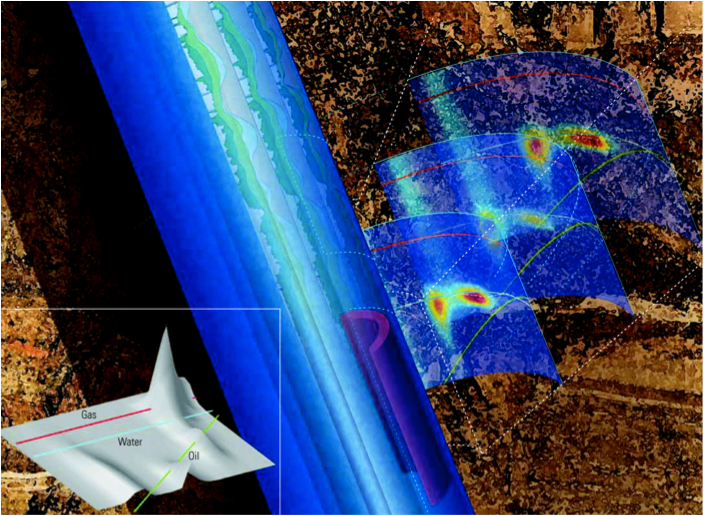NMR outside the magnet - Quantitative evaluation of porous media and NMR well logging
- Schlumberger-Doll Research, Cambridge, United States
In conventional implementations of Nuclear Magnetic Resonance measurements, the sample is placed at the center of a superconducting magnet that creates a strong and highly uniform magnetic field. To characterize larger samples that do not fit inside the magnet, it is necessary to perform the NMR measurements with the sample outside the magnet. The most important application of this approach is NMR well logging. This technique is used to perform measurements on fluids in earth formations around boreholes many kilometers underground. The NMR sensors incorporate permanent magnets, rf coils, and downhole transmitter and receiver that can withstand the harsh environmental conditions. The measurement techniques are based on pulse sequences designed to determine multi-dimensional distribution functions of relaxation and diffusion in the grossly inhomogeneous magnetic fields of the logging tools. The measured diffusion and relaxation properties are then used to identify and quantify the different fluids occupying the pore space, to determine their composition, and to infer the geometry of the pore space.
In this talk, I will review the various sensors, the measurement techniques, and the data analysis that has been developed for this purpose and discuss the underlying physics that governs the diffusion and relaxation properties of complex fluids in porous media.

